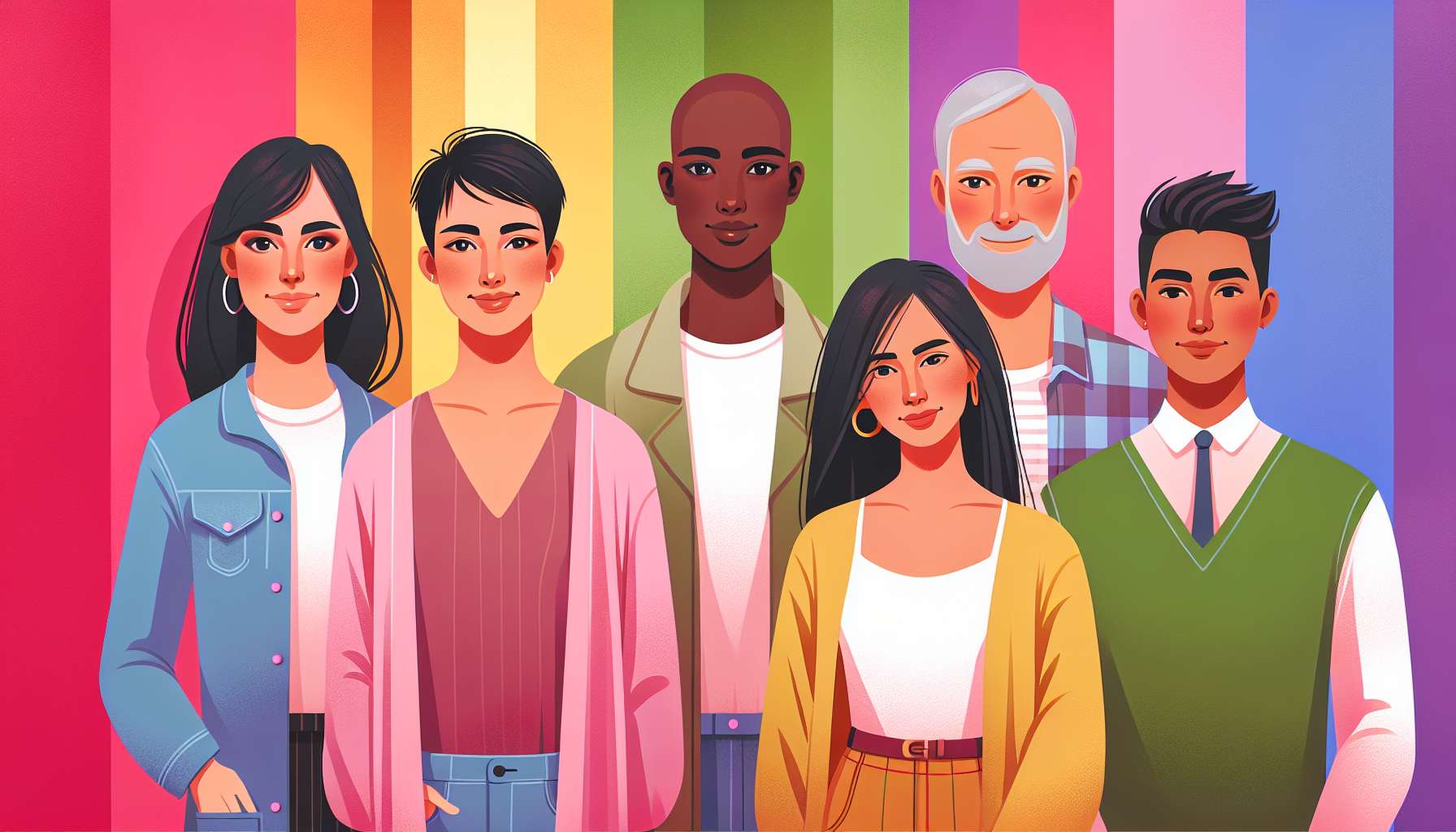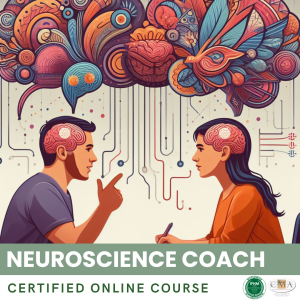Welcome to this third sub-module, which will allow you to deeply explore the spectrum of gender identities. After discovering the diversity of sexual orientations, we will now focus on the plurality of ways to live and express one’s gender.
Gender is often represented in a binary way, with the “male” category on one side and the “female” category on the other. However, reality is much more nuanced. Many people do not recognize themselves in this binary system and identify as non-binary. This means that they are not entirely male or female, but somewhere in between, a mix of the two, or completely outside these categories.
Among non-binary identities, for example, we find people who are genderfluid, whose gender identity fluctuates over time, agender people who do not identify with any gender, or bigender people who identify with both genders simultaneously. Each non-binary identity is unique and reflects the individual’s deep feelings.
Transgender individuals experience gender differently from the one assigned to them at birth. For example, a transgender woman is a person who was assigned male at birth but identifies and lives as a woman. Some transgender people undergo a medical transition (hormonal and/or surgical) to align their body with their identity, others do not. Being transgender is not just about surgery or physical appearance.
It is important to understand that gender identity is distinct from sexual orientation. A transgender person can be heterosexual, homosexual, bisexual, pansexual, asexual… like anyone else. Being transgender relates to the felt gender, not sexual or romantic attraction.
Another essential aspect to discuss is that of gender expression, which refers to how a person expresses their gender through their appearance, clothing, body language, voice… A person can have a masculine, feminine, androgynous gender expression, or one that plays with gender norms. Gender expression does not always match gender identity: a cisgender man can have a feminine expression, a transgender woman can have a masculine one, etc.
As a coach, your role will be to welcome the diversity of gender identities and expressions with respect and kindness. Always use the pronouns chosen by the individual (he, she, they…) and their preferred name, even if they differ from their legal status. Avoid intrusive questions about anatomy or surgeries, and focus on the individual’s experiences and needs.
To illustrate your argument, you can refer to examples of public transgender or non-binary figures, such as actor Elliot Page, artist Chella Man, or model Hari Nef. Or you can mention television series featuring transgender characters, like Nomi Marks in Sense8 or Jules Vaughn in Euphoria.
By exploring the spectrum of gender identities, you will help your clients better understand their own experiences and find the words to name them. You will thus contribute to creating a more inclusive society, where everyone can live their gender in an authentic and fulfilled way, without suffering discrimination or violence. Because beyond questions of identity, this is fundamentally about dignity and human rights.
Key points to remember:
– Gender is not limited to a male/female binary. Many people identify as non-binary, meaning not entirely male or female, but somewhere in between, a mix of the two, or completely outside these categories.
– Among non-binary identities, we find people who are genderfluid, agender, bigender, etc. Each identity is unique and reflects the individual’s deep feelings.
– Transgender people experience gender differently from the one assigned at birth. Some undergo a medical transition, others do not. Being transgender is about perceived gender, not physical appearance.
– Gender identity is distinct from sexual orientation. A transgender person can have any orientation.
– Gender expression is the way a person expresses their gender through their appearance and behaviour. It doesn’t always match their gender identity.
– As a coach, it is important to accommodate diversity, use the pronouns and names chosen by the individual, avoiding intrusive questions.
– Exploring the spectrum of gender identities allows everyone to better understand themselves and live their gender authentically, without discrimination. This is a matter of dignity and human rights.
👉 To download docx (Editable) file click here : Click here
👉 To download PDF file click here : Click here
👉 To download MP3 file click here : Click here







